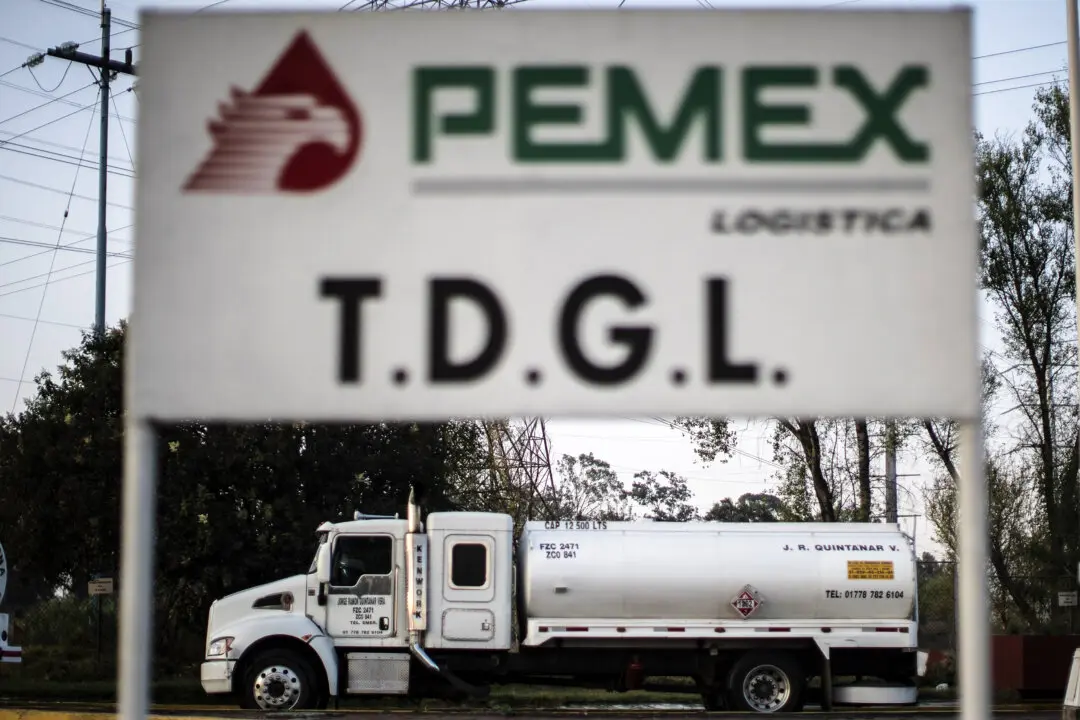Nearly four out of 10 insured drivers do not use their insurance coverage for reimbursing accident expenses, a survey by LendingTree has found.
“Among insured drivers in an accident or incident, 39 percent have bypassed their auto insurance for repairs,” the Aug. 19 report states.





